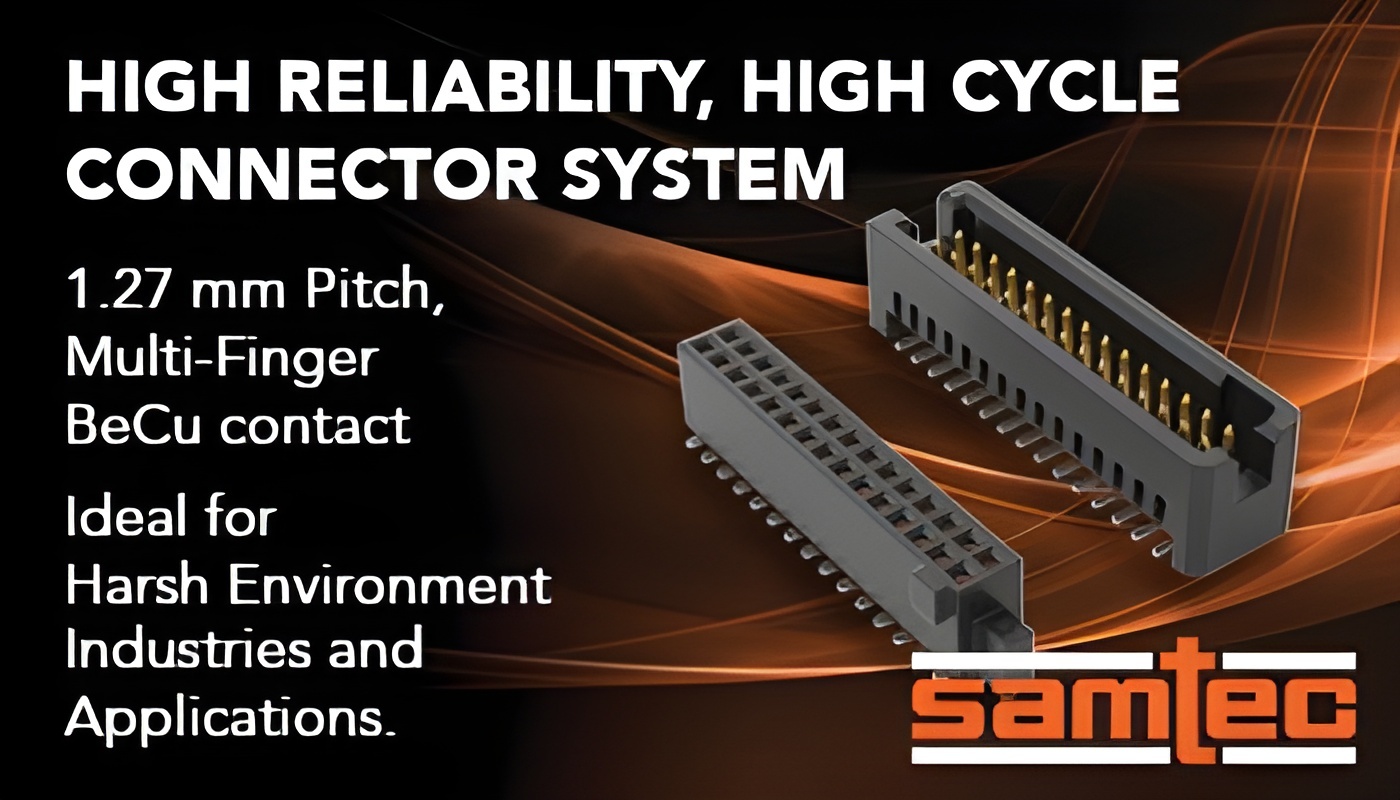
Nexperia has launched the industry’s first ESD protection diodes engineered specifically for 48 V automotive data lines. The new AEC-Q101 qualified portfolio comprises six devices that address a critical gap in electrostatic discharge protection for modern EV and HEV platforms, helping engineers cut component count, reclaim PCB space, and simplify board design without compromising signal integrity.
Legacy data protocols such as CAN, CAN-FD, LIN, and FlexRay remain widely used in new electric vehicles due to their reliability and maturity. However, these systems were historically supported by 12 V or 24 V power architectures. With many EV and HEV manufacturers now adopting 48 V board nets to improve system efficiency, engineers have had limited off-the-shelf ESD solutions designed for higher voltage data lines.
“Until now, automotive equipment manufacturers lacked suitable ESD protection solutions specifically designed for 48 V data lines,” said Alexander Benedix, Head of Product Group Protection and Filtering at Nexperia. “As a result, they often had to rely on workarounds, either including an additional 12 V power rail or connecting several lower-voltage (36 V) protection diodes in parallel. With this new portfolio, designers working with 48 V board nets can now save space and cost while delivering best-in-class ESD protection for their automotive networks.”
The portfolio includes six variants optimised for different voltage margins, all housed in the compact and widely used SOT23 package (2.9 x 1.3 x 1 mm):
54 V VRWM: PESD2CANFD54VT-Q and PESD2CANFD54LT-Q
60 V VRWM: PESD2CANFD60VT-Q and PESD2CANFD60LT-Q
72 V VRWM: PESD2CANFD72VT-Q and PESD2CANFD72LT-Q
These bidirectional devices offer ultra-low capacitance down to 3.1–3.4 pF, enabling safe protection without compromising high-speed data protocols like CAN-FD or FlexRay. The low clamping voltage and fast response times ensure minimal signal degradation, which is critical in EV environments that rely on real-time communication.
The PESD2CANFD54 series handles peak pulse currents up to 4 A (8/20 µs) with dynamic clamping voltages around 62 V (1 A) and 73 V (4 A), and features dynamic resistance of approximately 0.74 Ω. These diodes also withstand ESD strikes up to ±17 kV (contact discharge) and meet stringent automotive surge pulse requirements under ISO 7637-2, tolerating ±300 V and +80 V pulses.
The 60 V and 72 V versions follow the same design principles, offering greater voltage headroom for system designers. The 72 V PESD2CANFD72LT-Q, for instance, is qualified to handle ±15 kV ESD and surge pulses of ±300 V and +100 V, while maintaining a capacitance of just 3.4 pF.
All devices are AEC-Q101 qualified, RoHS and REACH compliant, and designed to meet global environmental standards, including PFAS-free declarations. Their compact packaging and electrical consistency also make them suitable for automated assembly lines and high-reliability applications.
With these new diodes, Nexperia offers a drop-in solution that eliminates the need for inefficient workarounds like parallel diode arrays or additional voltage rails. By combining high working voltages, low capacitance, and automotive-grade robustness, the devices simplify board layouts and reduce both cost and space.
Whether supporting the CAN-FD backbone of a high-speed control network or protecting low-speed LIN interfaces in peripheral modules, these diodes provide universal ESD protection across the growing complexity of EV electronics.
Read the original announcement here.

